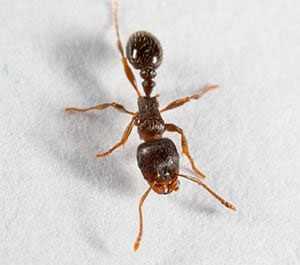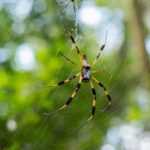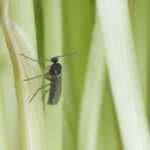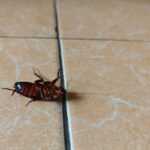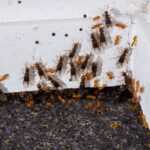Pavement Ants
Pavement ants are dark brown or black ants, typically about 3mm in length, with limbs that are a lighter color than their bodies. Pavement ants nest under stones, or along cracks in concrete.
If pavement ants are infiltrating your home, you can try these home remedies:
- Combine baking soda and powdered sugar to create a pavement ant bait. Place inside small container and place near their ant trail
- Spray their nests with a mixture of soap and water
What is an Odorous House Ant?
Odorous house ants are small, black or brown ants about 3mm in length. These ants are often confused with pavement ants as they have similar looks. The easiest way to tell if you have an odorous house ant infestation is if you notice a rotten coconut smell when you crush an ant. Although they don’t sting, odorous house ants can invade homes in large numbers.
Here are some good ways to get rid of these pesky invaders:
- Mix one part borax and 3 parts powdered sugar and place inside small containers such as bottle caps. Place near the place where the ants are traveling. Avoid killing visible ants so that they can bring the bait back to the colony
- Spray vinegar on baseboards, cracks and crevices where they might be traveling
Tawny Crazy Ants
Tawny crazy ants, often just called crazy ants, are becoming a serious problem in the United States. These ants get their name for the erratic way they walk and follow a scent trail. Crazy ants are yellowish ants with long legs. Crazy ants can breed quickly and are able to have a colony 100 times denser than other ant colonies. What does this mean for homeowners? These ants can become a serious problem very quickly.
Dealing with crazy ants? Try some of these home remedies:
- Place a honey and peanut butter mixture near their trail. Once they form a trail to your bait, use a non-repellant spray such as Taurus SC and spray the area
- Trim vegetation away from your home
- Seal off entry points around windows and doors
Next time you see ants in your home, take a closer look and try to identify their species and give some of these home remedies a shot.
"*" indicates required fields
"*" indicates required fields
